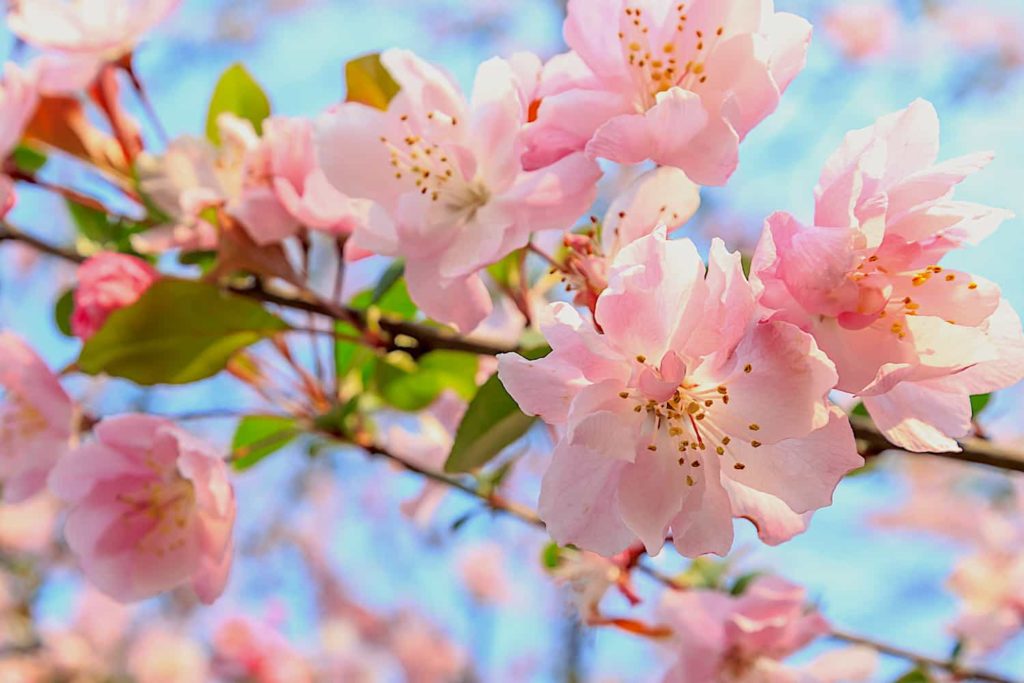
Lightning Bugs and a Return to Nature
I have lived most of my life in places where fireflies are uncommon. Then I moved to Indiana, whose official state insect is a species of lightning bug. Who knew that states even had official insects!
I’m now lucky enough to live close to a wood lined walking path that lights up at dusk with the glimmer of these magical flying beetles. As I watch for their flickering on my nightly stroll, a childlike sense of wonder overcomes me. The natural world is new again, and remembrances return to a game played in elementary school. The fireflies and the recollection of childhood play reinforce my belief in nature as an impetus toward creativity.
The Nature Hunt
When I was in the early grades of elementary school, some of the neighborhood children and I would play a game we called “The Nature Hunt.” It consisted of going out in opposite directions to find something strange and interesting in the natural world. We would bring the objects back to the group and conjecture about what they were.

We thought of ourselves as explorers, but there was more storytelling involved than science. We would make up tales about the mystical origins or magical properties of the leaves, berries, flowers, and rocks we would find. The natural world was our point of departure for the creativity of childhood play.
Natural Creativity
“The Nature Hunt” was only one example of childhood creativity inspired by nature. Growing up among the lakes and streams of northern Minnesota, my friends and I often turned to the water for inspiration. We discovered a layer of clay beneath the sand in the shallows of a nearby lake. This clay served as the base with which to create sculptures of little warriors. The creativity had as much to do with their destruction as their creation, as a splash of water would easily dissolve them.
The abundant crabapples trees of the neighborhood did not provide delicious fruit, but rather the perfect projectiles for warring factions of children. Garbage can lids became makeshift shields to protect us from the sting of the sour crabapple. The battles lasted only until an adult would stop us out of fear of serious bodily harm. There is a fine line between childhood creativity and mischief.

Years later, in graduate school, the crabapple trees would serve as another kind of inspiration. In a mythology class, in a unit on legends explaining natural phenomena, the professor encouraged us to compose our own myths. She urged us to select a subject close to our own experience. I chose the petals of the crabapple flowers that would become a pink snow-like covering on the ground below the trees at the end of their springtime lifecycle. It is an assignment I remember vividly all these years later. Creativity in the classroom, related to nature or not, is an integral component of profound learning.
Back to Nature
I admit that my graduate school mythology course was perhaps one of the last times that I engaged creatively with nature. The demands of career, family, and the general pressures of adulting have kept me from interacting with nature in imaginative ways.

I have certainly gone to nature, however, for rest and relaxation. Being near the water is still my favorite place for that. Smelling the fresh air off the lake or diving below the waves continues to refresh me like nothing else. But I can’t remember the last time I dug up clay from beneath the sand to make a figurine or even a small bowl. Nature has become an escape for me, but not an impetus to creativity. I think it’s time for that to change.
My recent glimpses of fireflies on my evening walks have excited my imagination like nothing else in the natural environment in recent years. I would certainly not be the first to engage creatively with the luminescence of these creatures, but I don’t even mind my lack of an original theme. What is important to me, for now, is taking my first steps back into the nature hunt, into the stories to be co-created with the natural world.